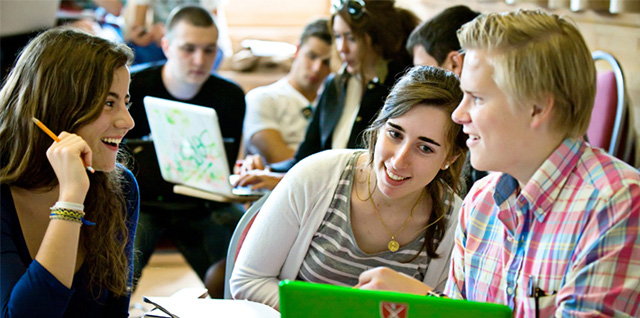Defining and Achieving a Successful College Career
For many, entering college is viewed as a definitive rite of passage—a bridge between the structured environment of high school and the unpredictable landscape of professional adulthood. However, the definition of a “successful” college career has evolved significantly over the last decade. It is no longer measured solely by the quality of the parchment received at graduation or the cumulative GPA on a transcript.

A truly successful college career is a multidimensional experience that balances academic rigor, professional development, and personal growth. Achieving this balance requires a proactive strategy, a willingness to step outside one’s comfort zone, and a clear understanding of one’s long-term goals.
The Academic Foundation: Beyond the Grade Point Average
While it is true that grades are not the only metric of success, they remain a vital component of your collegiate foundation. However, the focus should be on “mastery” rather than “memorization.” A successful student treats their … Read more
Continue Reading
